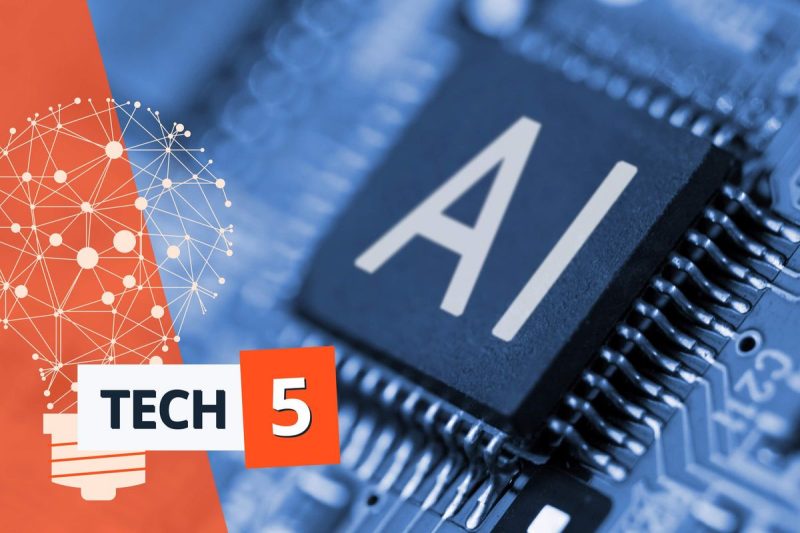While the progression of Artificial Intelligence (AI) seems relentless, new developments often bring fresh insights and paradigms. Two recent notable events in the tech world have captured global attention. The first involves OpenAI’s advancements amidst discussions surrounding its recent launch of the AI model that reasons, while the second pertains to Google’s legal tribulations, as it finds itself embroiled in an escalating antitrust court case.
Starting with OpenAI, the pioneering AI research lab, the group recently unveiled a new generative model that reasons. This is significant in AI’s evolution considering that, historically, this technology has shown significant capability in pattern identification and correlation, but not so much in logic and practical reasoning. Reasoning, the brainchild of deep learning, promises to revolutionize the AI landscape, shifting the technology from mere pattern detectors to intellectual systems capable of connecting cause and effect.
OpenAI, priding itself on progressive accomplishments, has incorporated an impressive feature into its latest AI model: synthetic introspection. This inbuilt mechanism allows the AI system to generate human-understandable explanations of its thinking process. The result is an AI that not only reasons but does so transparently, allowing humans to understand and bond with the technology better.
While this technological marvel is making waves, Google faces choppier waters in the legal realm. Allegations of anti-competitive conduct have steered the tech giant’s course towards courtrooms, where it is set to defend its monopoly claims. Essentially, the antitrust case asserts that Google is misusing its dominant position in the tech ecosphere, deploying unfair practices to ward off competition.
At the heart of the dispute are the agreements made between Google and other tech firms, which, according to critics, serve to maintain Google’s stranglehold over the digital advertising market. Investigations into Google’s practices have suggested that it favors its own services in searches, significantly disadvantaging its competitors.
Interestingly, Google argues that the tactics under scrutiny are necessary components of offering a free search engine service and that it faces substantial competition from other tech firms. The case, therefore, brings to focus the crucial challenge in tech antitrust law: distinguishing between unlawful, anti-competitive activities and those that simply constitute the healthy rivalry needed for innovation.
In conclusion, the intersections of AI growing capabilities and legal challenges for Big Tech allude to the complexities of the modern tech world. As OpenAI continues to take leaps and bounds forward with its reasoning AI, Google’s legal woes underscore the necessity for robust legal frameworks able to effectively regulate the continually transforming cyber-sphere. Despite the issues, both developments showcase the fluid, dynamic nature of the tech world, capable of producing state-of-the-art models and prompt legal reinterpretations side by side.




